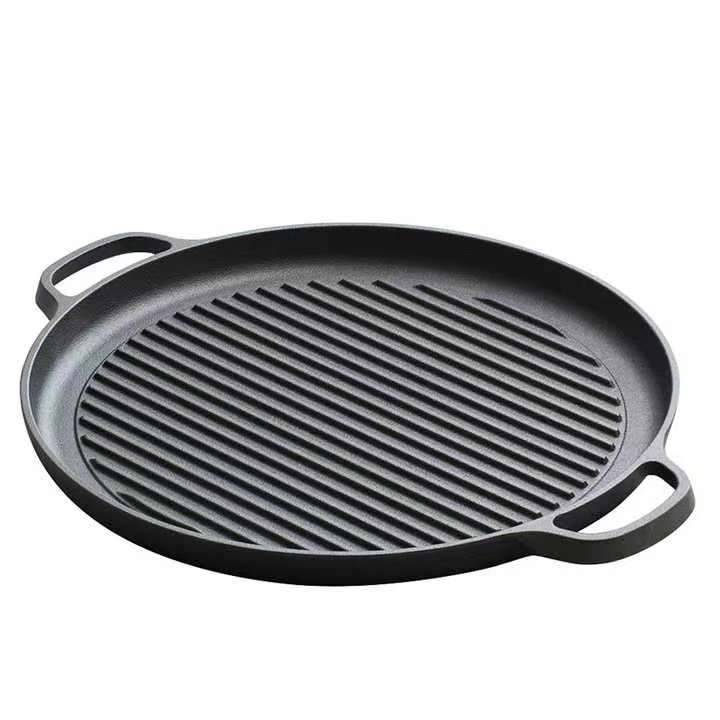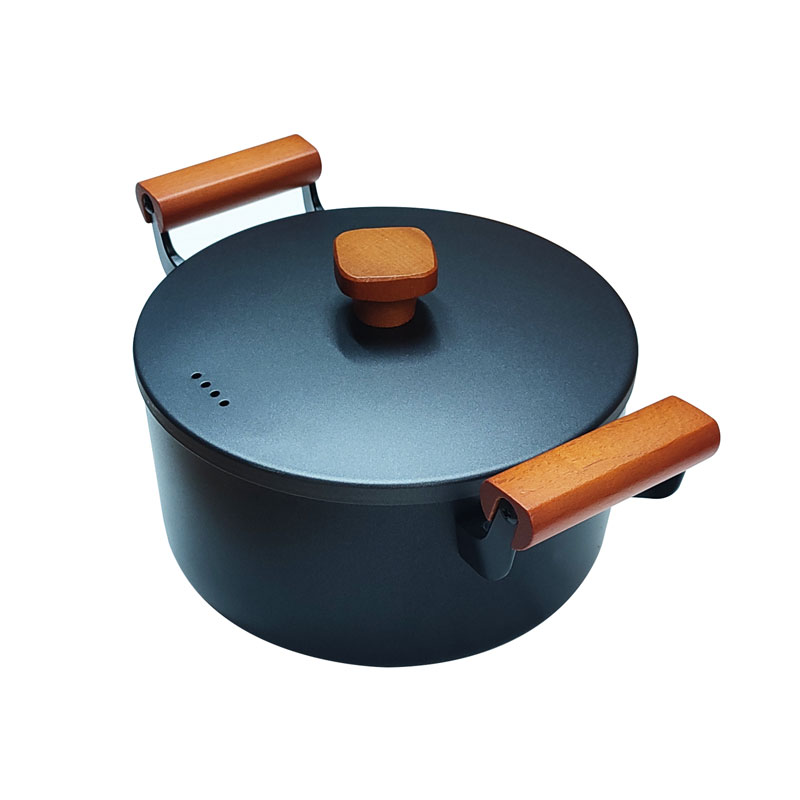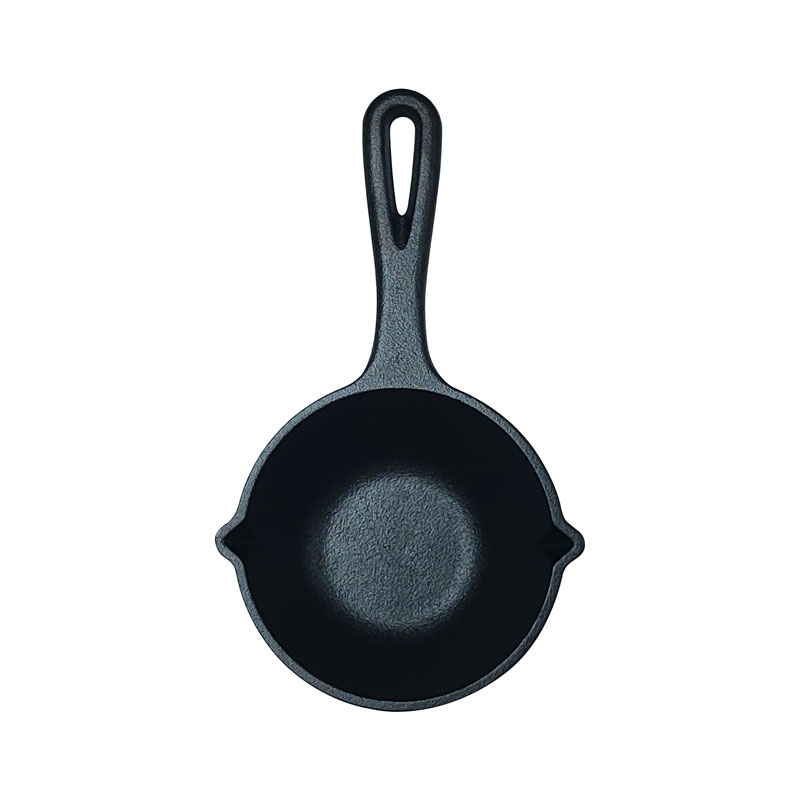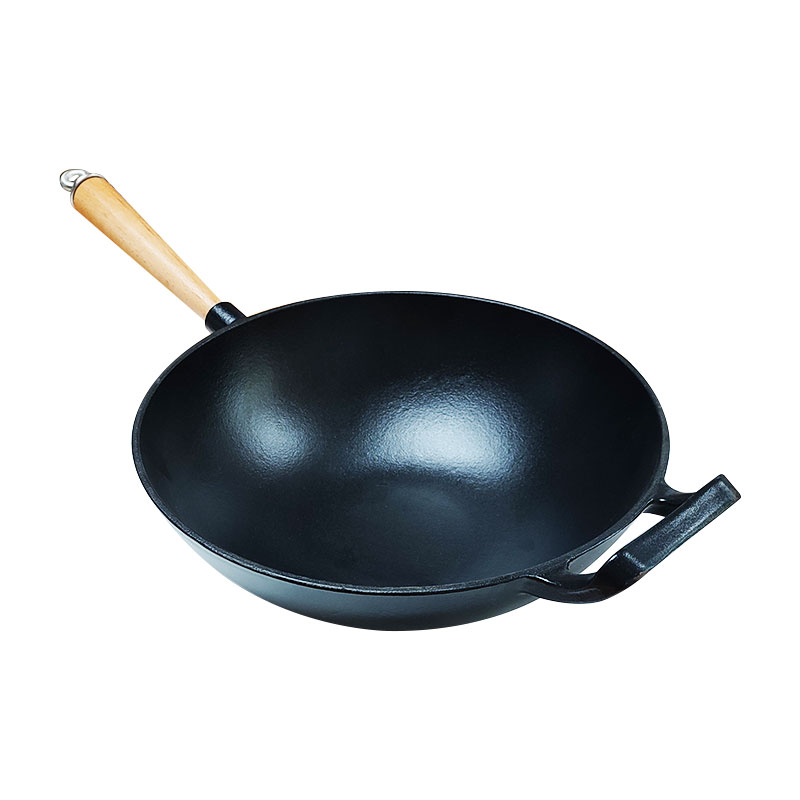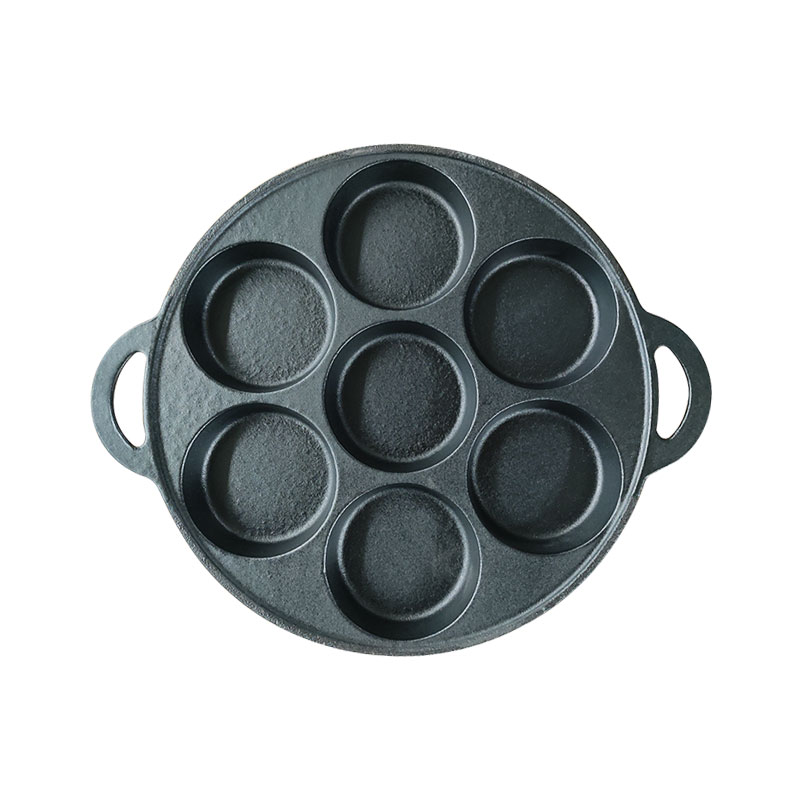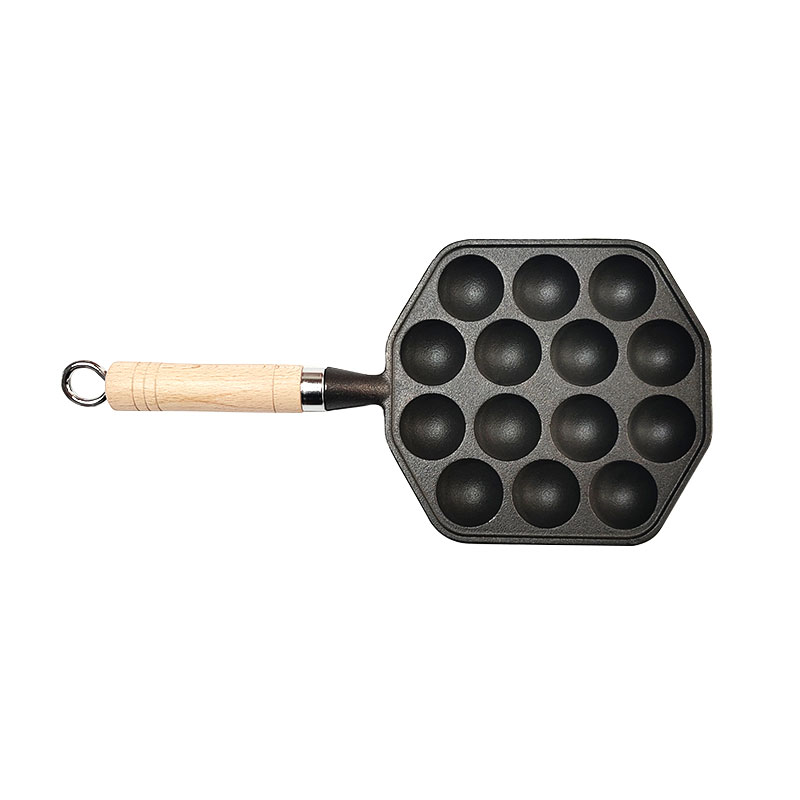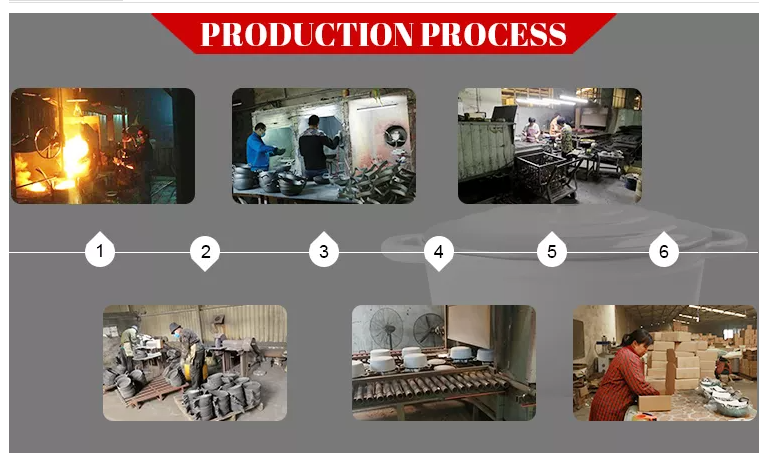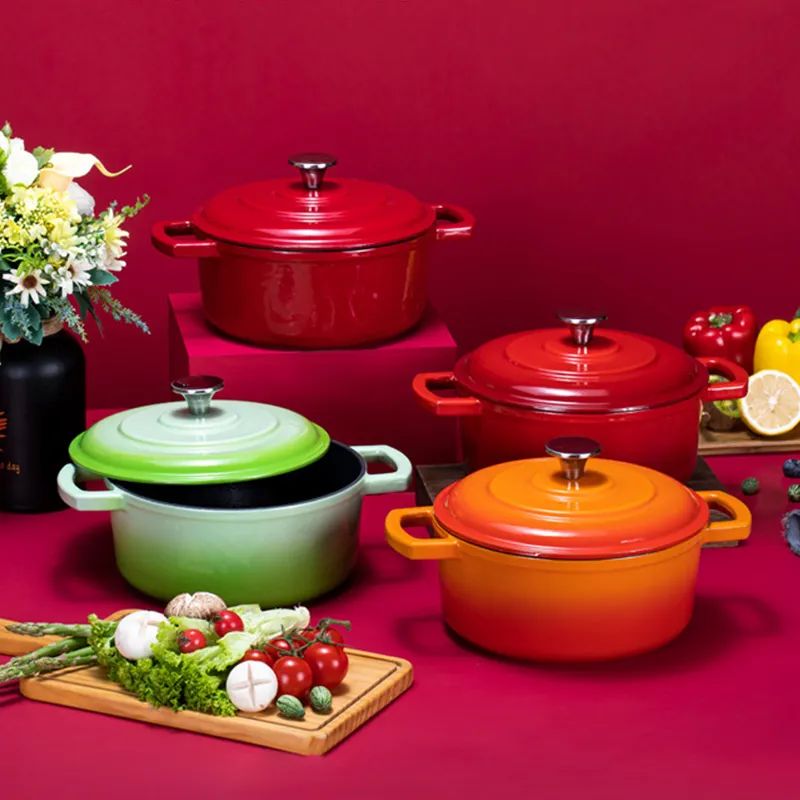- Afrikaans
- Albanian
- Amharic
- Arabic
- Armenian
- Azerbaijani
- Basque
- Belarusian
- Bengali
- Bosnian
- Bulgarian
- Catalan
- Cebuano
- Corsican
- Croatian
- Czech
- Dansk
- Dutch
- English
- Esperanto
- Estonian
- Finnish
- French
- Frisian
- Galician
- Georgian
- German
- Greek
- Gujarati
- Haitian Creole
- hausa
- hawaiian
- Hebrew
- Hindi
- Miao
- Hungarian
- Icelandic
- igbo
- Indonesian
- irish
- Italian
- Japanese
- Javanese
- Kannada
- kazakh
- Khmer
- Rwandese
- Korean
- Kurdish
- Kyrgyz
- Lao
- Latin
- Latvian
- Lithuanian
- Luxembourgish
- Macedonian
- Malgashi
- Malay
- Malayalam
- Maltese
- Maori
- Marathi
- Mongolian
- Myanmar
- Nepali
- Norwegian
- Norwegian
- Occitan
- Pashto
- Persian
- Polish
- Portuguese
- Punjabi
- Romanian
- Russian
- Samoan
- Scottish Gaelic
- Serbian
- Sesotho
- Shona
- Sindhi
- Sinhala
- Slovak
- Slovenian
- Somali
- Spanish
- Sundanese
- Swahili
- Swedish
- Tagalog
- Tajik
- Tamil
- Tatar
- Telugu
- Thai
- Turkish
- Turkmen
- Ukrainian
- Urdu
- Uighur
- Uzbek
- Vietnamese
- Welsh
- Bantu
- Yiddish
- Yoruba
Premium Cast Iron Enamel Milk Pan Stew Pot / Stock Pot With Iron Handle FAQs
What Makes The Premium Cast Iron Enamel Milk Pan Stew Pot / Stock Pot With Iron Handle Different From Regular Cookware?


This premium pot stands out due to its high - quality construction. The cast iron core provides excellent heat retention and even heat distribution, ensuring that your milk doesn't scorch when making sauces or that stews cook evenly. The enamel coating is not only durable but also non - reactive, preventing any metallic taste from affecting your food. The iron handle is designed for a sturdy grip, allowing you to easily maneuver the pot on the stovetop or transfer it from the oven to the table.
How Should I Clean And Maintain The Enamel Coating Of The Premium Cast Iron Enamel Milk Pan Stew Pot / Stock Pot With Iron Handle?


After each use, let the pot cool down completely. Wash it with warm, soapy water and a soft sponge or non - abrasive cloth. Avoid using abrasive scrubbers, steel wool, or harsh chemical cleaners, as they can scratch the enamel. For stubborn stains, soak the pot in warm water with a bit of baking soda for 15 - 20 minutes before gently scrubbing. Once cleaned, dry the pot thoroughly, especially around the iron handle joints and the cast iron edges, to prevent rusting. Periodically applying a thin layer of cooking oil to the interior can help maintain the enamel's luster and the pot's non - stick properties.
What Types Of Dishes Are Most Suitable For Cooking In The Premium Cast Iron Enamel Milk Pan Stew Pot / Stock Pot With Iron Handle?


This versatile pot is ideal for a variety of dishes. As a milk pan, it's perfect for heating milk, making custards, or melting chocolate without burning. For stews and stocks, its large capacity and heat - retaining ability allow flavors to develop fully over slow cooking. You can also use it for boiling pasta, making soups, or even sautéing vegetables on the stovetop. Its oven - safe feature makes it suitable for finishing dishes in the oven, such as baking a casserole with a crusty top.
Can The Premium Cast Iron Enamel Milk Pan Stew Pot / Stock Pot With Iron Handle Be Used On All Types Of Cooktops?


Yes, this pot is compatible with gas, electric, induction, and ceramic cooktops. The cast iron base ensures efficient heat conduction on gas and electric cooktops, while its magnetic properties make it suitable for induction cooking. On ceramic cooktops, the flat base allows for even heat distribution without scratching the surface. However, when using on an induction cooktop, make sure the pot is centered properly for optimal heating.
What Kind Of Warranty And After - Sales Service Is Provided For The Premium Cast Iron Enamel Milk Pan Stew Pot / Stock Pot With Iron Handle?


We offer a [X] - year limited warranty on this premium cookware. The warranty covers manufacturing defects, including chipped enamel, a loose iron handle, or any structural issues that occur under normal use. If you encounter any problems within the warranty period, simply contact our customer service team with your order details and a description of the issue. We will provide prompt solutions, such as repair, replacement, or refund, to ensure your satisfaction with your purchase.


Forhør dig nu om tilbud på støbejernskøkkengrej
Udfyld venligst formularen nedenfor, så vender vores team tilbage til dig med priser, produktoplysninger og tilpasningsmuligheder.










